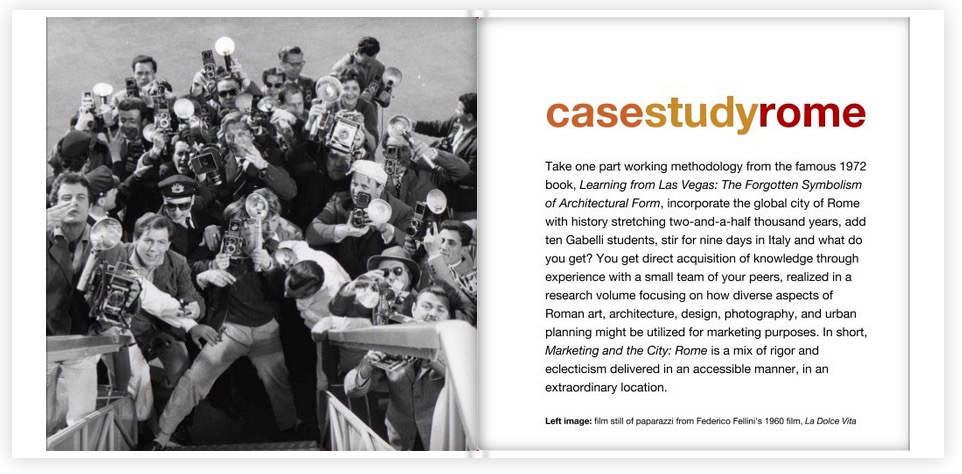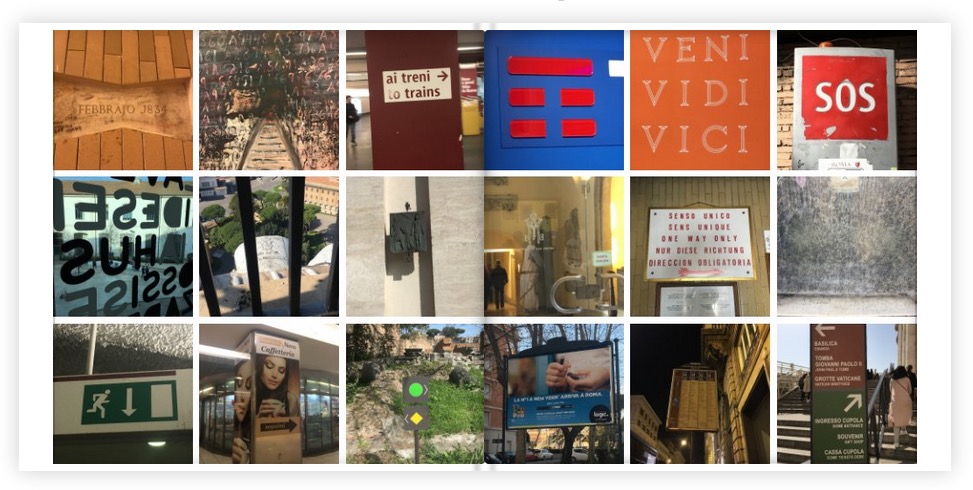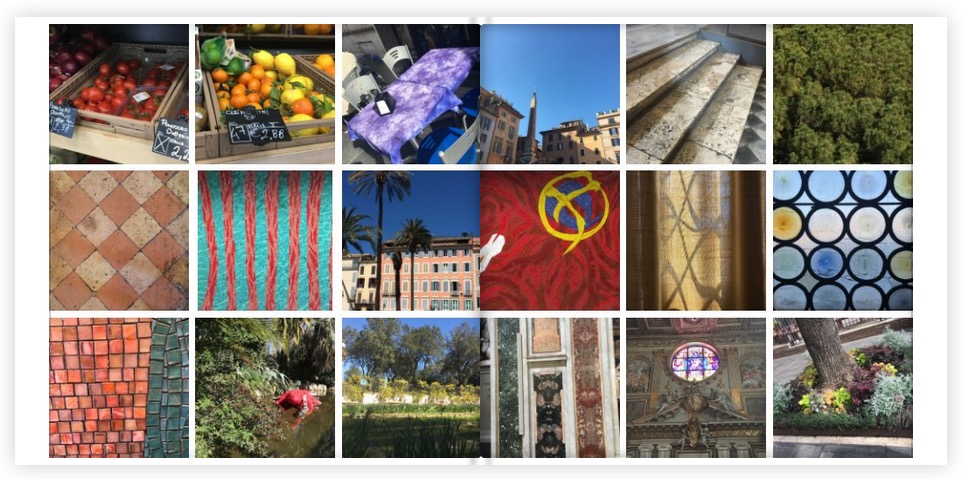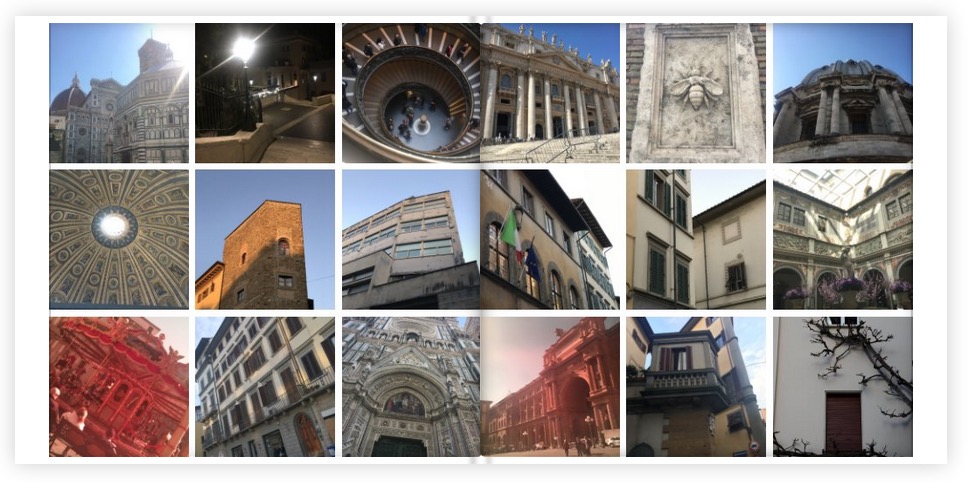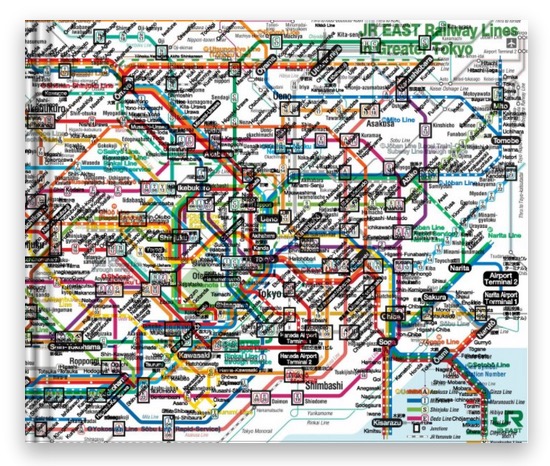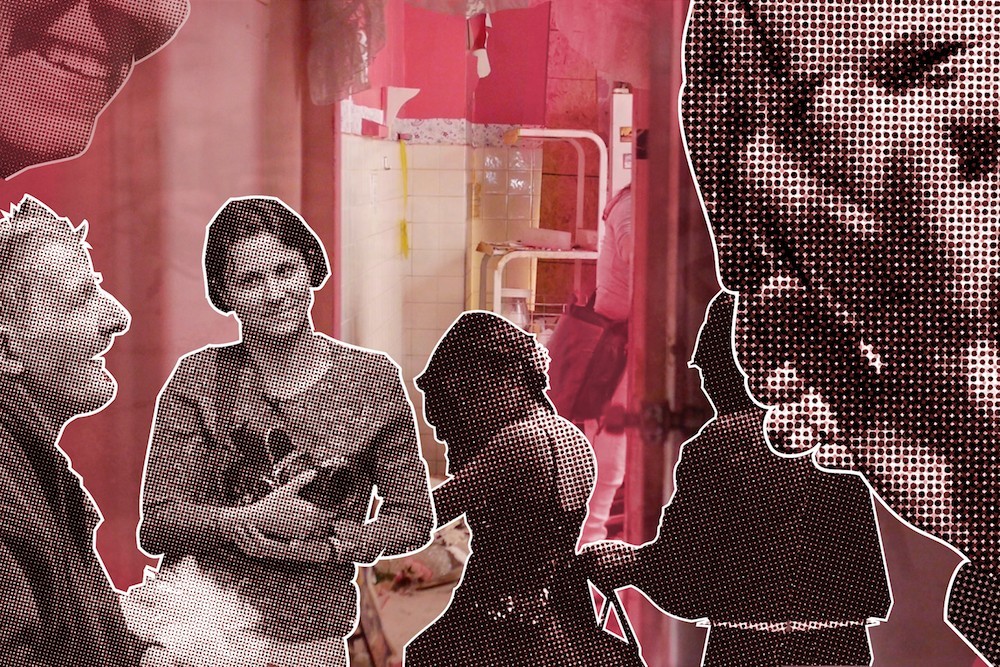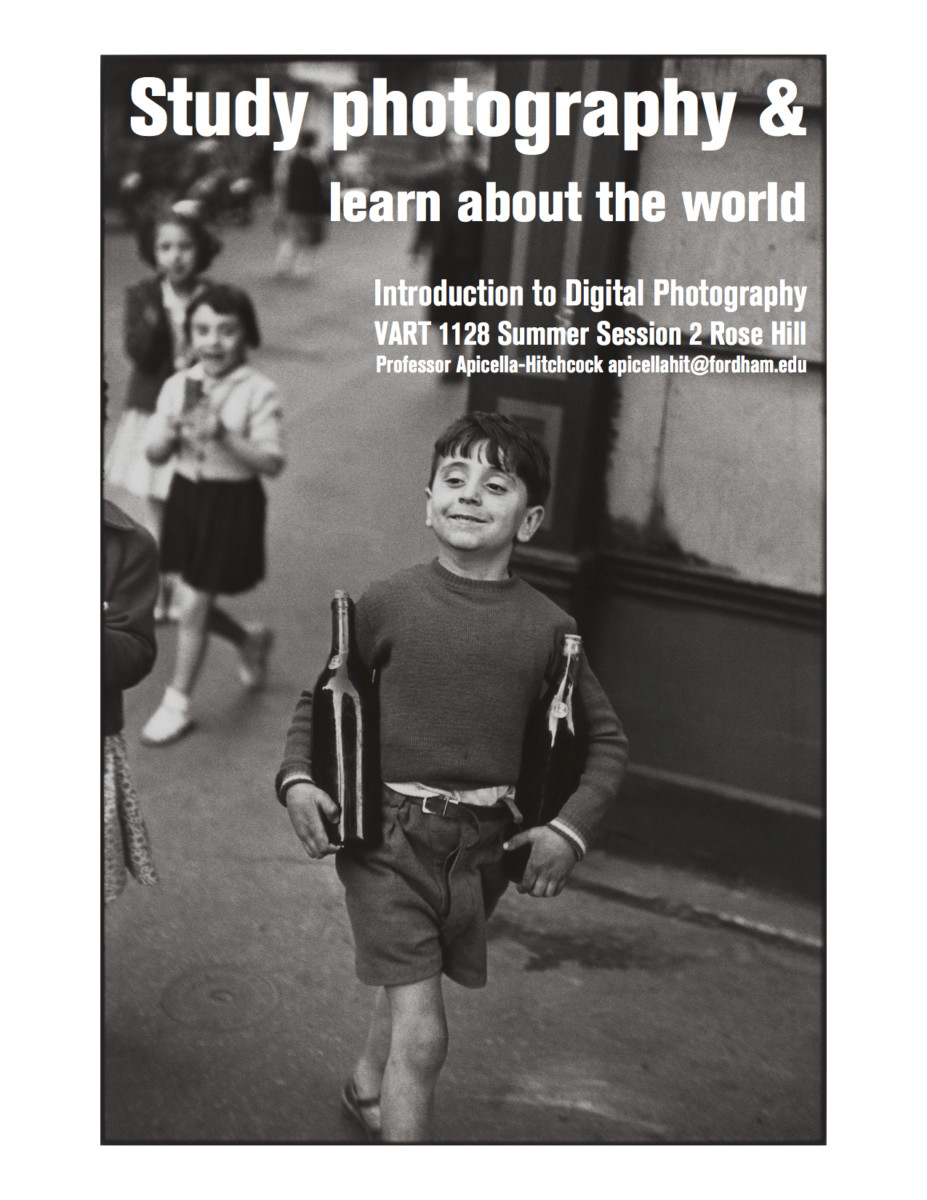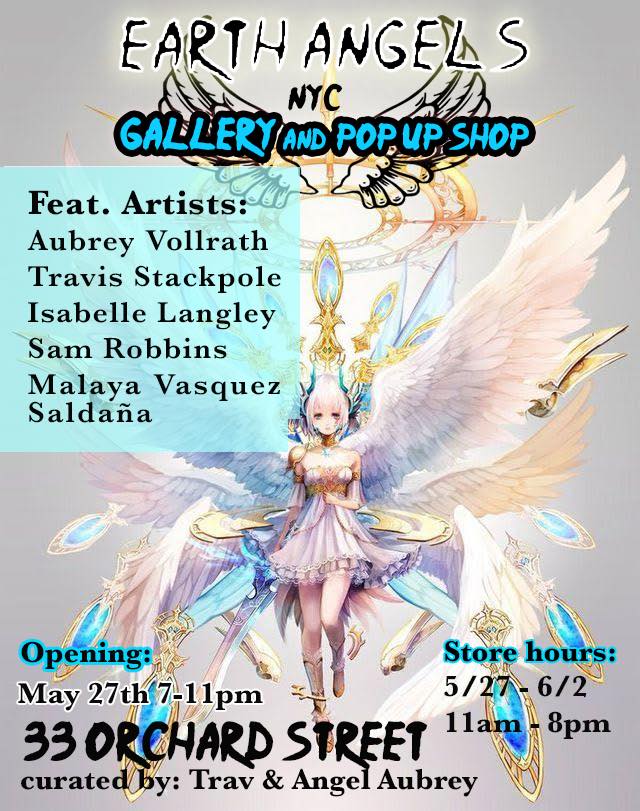Visual Arts Events
June 8 – Oct 2, 2017
Sit Beside Me: Between Other and Author
Interpersonal Documentaries from the UnionDocs Collaborative Studio
Lipani Gallery
June 27 – Oct 2, 2017
Location, Location, Location
Ildiko Butler Gallery
Wednesday, Sep 13, 2017
6 – 8 pm
Reception: Location, Location, Location
Ildiko Butler Gallery
Tuesday, Sep 19, 2017
6 pm
Artist Talk: Multidisciplinary Artist and Designer Michelle Elzay
SL24H
Thursday, Sep 28, 2017
11:30 am – 1 pm
Fordham Filmmaking Club meeting
SL24L
Thursday, Oct 5 , 2017
11:30 am – 1 pm
Fordham Filmmaking Club meeting
SL24L
Tuesday, Oct 10, 2017
5:30 pm
Urban Walk: From New Amsterdam to Ground Zero
Contact Colin Cathcart (cathcart@fordham.edu) for more info
Tuesday, Oct 10, 2017
6 pm
Artists in Conversation: Martha Clippinger & Amie Cunat
SL24H
Thursday, Oct 12, 2017
11:30 am – 1 pm
Fordham Filmmaking Club meeting
SL24L
Monday, Oct 16, 2017
6:30 pm
Reading by Mark Alice Durant: 27 Contexts: An Anecdotal History
in Photography
SL24L
Oct 17, 2017 – Jan 21, 2018
Cipe Pineles: Leave Me Alone with the Recipes
Ildiko Butler Gallery
Tuesday, Oct 17, 2017
6 pm
Reception: Cipe Pineles: Leave Me Alone with the Recipes
Ildiko Butler Gallery
Tuesday, Oct 17, 2017
6 pm
Guest Speaker: Writer, Artist, and Co-founder of Svetlana Gallery
Bosko Blagojevic
SL24H
Wednesday, Oct 18, 2017
3 pm
MANDATORY Majors’ Reception
Lipani Gallery in the Visual Arts Complex
Thursday, Oct 19, 2017
11:30 am – 1 pm
Fordham Filmmaking Club meeting
SL24L
Thursday, Oct 26, 2017
11:30 am – 1 pm
Guest Speaker: French Cinematographer Caroline Champetier
SL24L at Fordham Filmmaking Club
Thursday, Nov 2, 2017
11:30 am – 1 pm
Fordham Filmmaking Club meeting
SL24L
Thursday, Nov 2, 2017
6 – 7 pm
Artist Talk: Zac Seeger
room TBA
Tuesday, Nov 7, 2017
5:30 pm
Urban Walk: From Jane Jacobs House to the Stonewall Inn
Contact Colin Cathcart (cathcart@fordham.edu) for more info
Thursday, Nov 9, 2017
11:30 am – 1 pm
Fordham Filmmaking Club meeting
SL24L
Tuesday, Nov 21, 2017
5:30 pm
Urban Walk: From Hughs Hall to the Arthur Avenue Market
Contact Colin Cathcart (cathcart@fordham.edu) for more info
Thursday, Nov 16, 2017
11:30 am – 1 pm
Fordham Filmmaking Club meeting
SL24L
Thursday, Nov 30, 2017
11:30 am – 1 pm
Fordham Filmmaking Club meeting
SL24L
Wednesday, Dec 6, 2017
10 am
Application deadline: Senior Review
Contact Casey Ruble, caseyruble@gmail.com
Dec 6, 2017 – Jan 19, 2018
Senior Seminar Highlights
Lipani Gallery
Friday, Dec 8, 2017
6 pm
Fordham Student Film Festival
SL24L
Mar 1, 2018
Enrollment deadline: VART 3500 Documentary Photography in Italy
Program dates May 30 – Jun 29
Contact Joe Lawton (jlawton@fordham.edu) or
Stephan Apicella-Hitchcock (tattarrattat@gmail.com)
Mar – May, 2018
Senior Thesis Exhibitions
Ildiko Butler Gallery

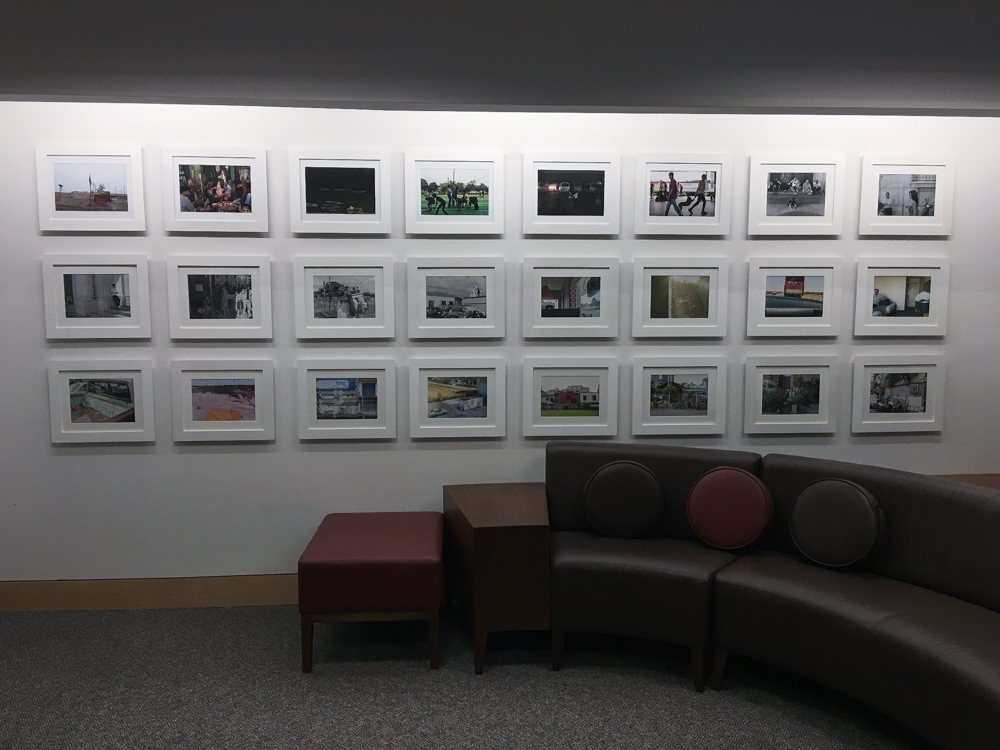 The 2016–2017 Ildiko Butler Travel Award Recipients
The 2016–2017 Ildiko Butler Travel Award Recipients

